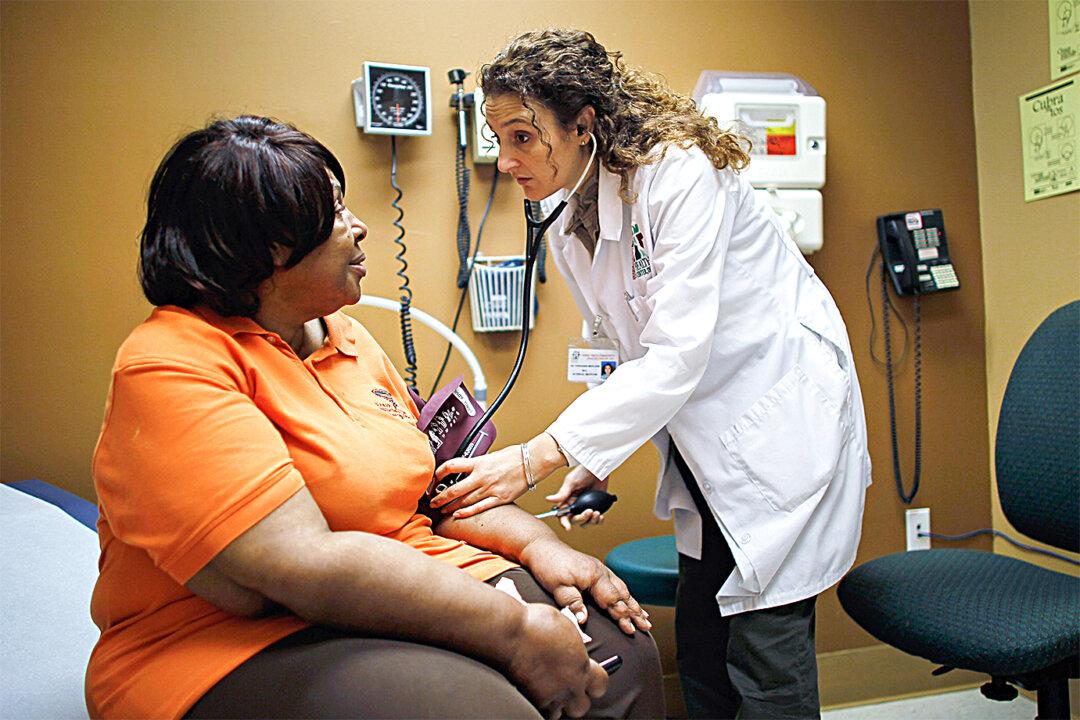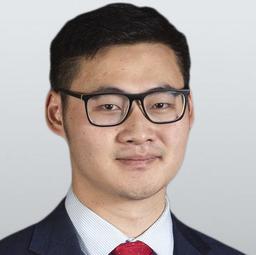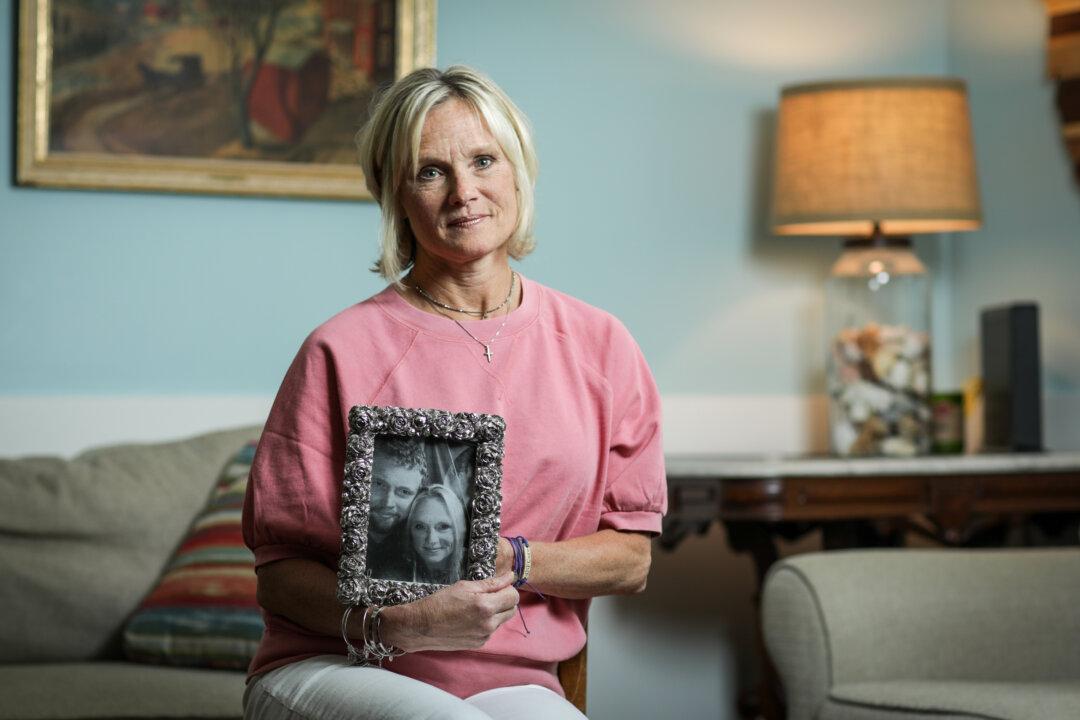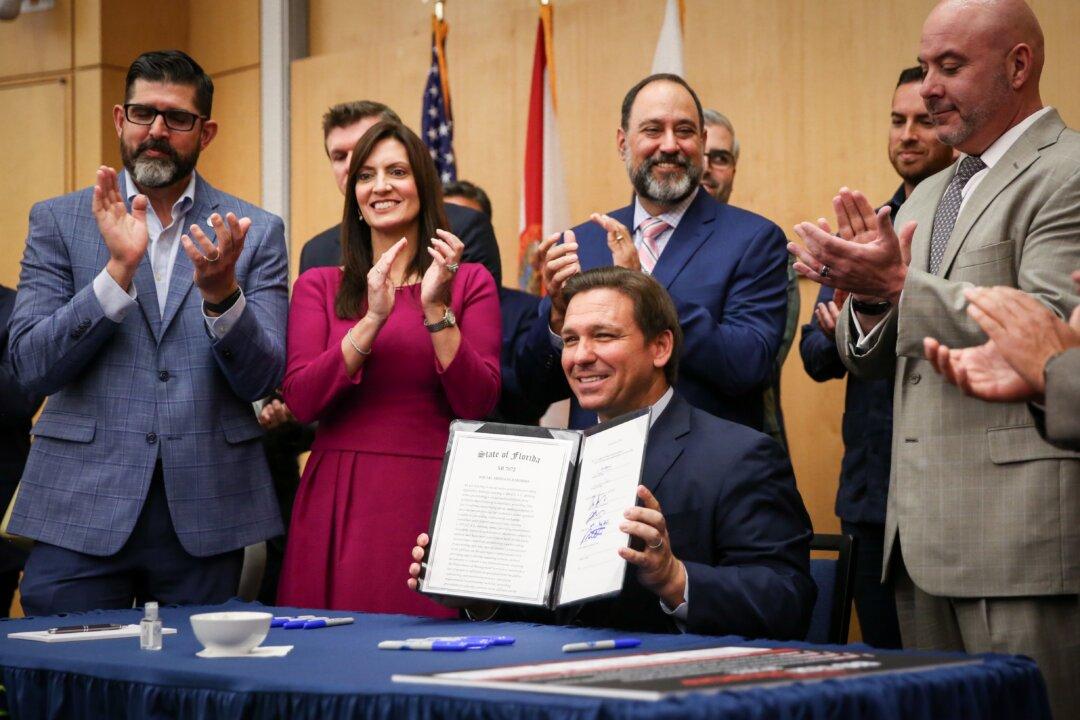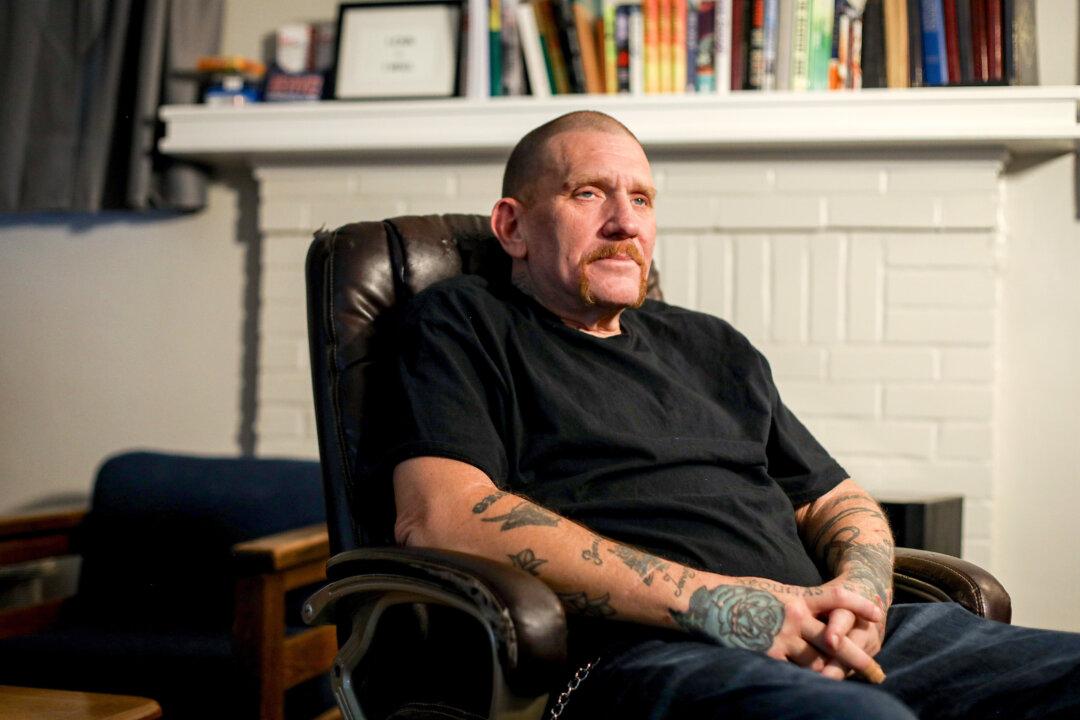Americans may have to wait even longer for their doctor’s appointments, as the demand for primary care continues to exceed the supply.
Medical experts say over-regulation and increasing overhead costs are driving doctors out of practice. They also say that the limited number of medical schools and training slots is preventing new physicians from entering the profession.
Because of the amount of time it takes to train a new doctor—five to 10 years—and with the average medical student accumulating a debt of over $180,000, experts say other, more efficient solutions are needed to combat the growing shortage.
Dr. Ateev Mehrotra, associate professor of health care policy and medicine at Harvard Medical School, said the time it takes to train students means that even an increase in funding for medical training slots won’t immediately solve the problem.
“Even if I could wave a magic wand and say, ‘Right now, I’m going to increase the number of medical school slots,’ it’s going to take a decade to solve these problems. So we also have to be looking for other solutions right now,” Mehrotra said.
Driven Out
Dr. Jane Orient, executive director of the Association of American Physicians and Surgeons (AAPS), said doctors are being driven out of private practice prematurely because of the high overheads required for running their practices.
“Some of them are becoming employees of hospitals, in which case generally their productivity drops, or they are just retiring earlier than they ever thought they would,” she said. Ultimately, this means fewer patients are taken care of.
Orient said the current certification requirements for doctors, which create more administrative compliance work and require them to take an exam every few years, are an unnecessary burden. “Requirements like maintenance of certification is extremely time-consuming and expensive,” Orient said. “There’s been no evidence at all that this assures doctors are any better.”
Dr. Janis Orlowski, chief health care officer at the Association of American Medical Colleges (AAMC), said the government’s temporary cap on federally funded residency training slots, which was put in place in 1997, is contributing to the slow growth of the profession.
Orlowski advocates for lifting the cap and providing federal support to train at least 3,000 more doctors per year for residency slots, half for shortage specialties. The AAMC wants 15,000 trained over the next five years to combat the shortage.

